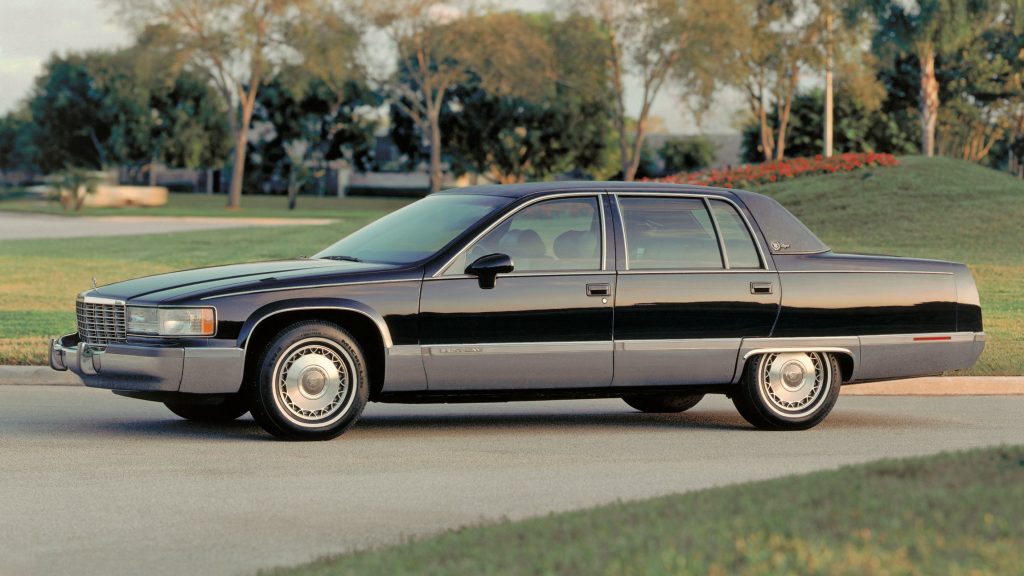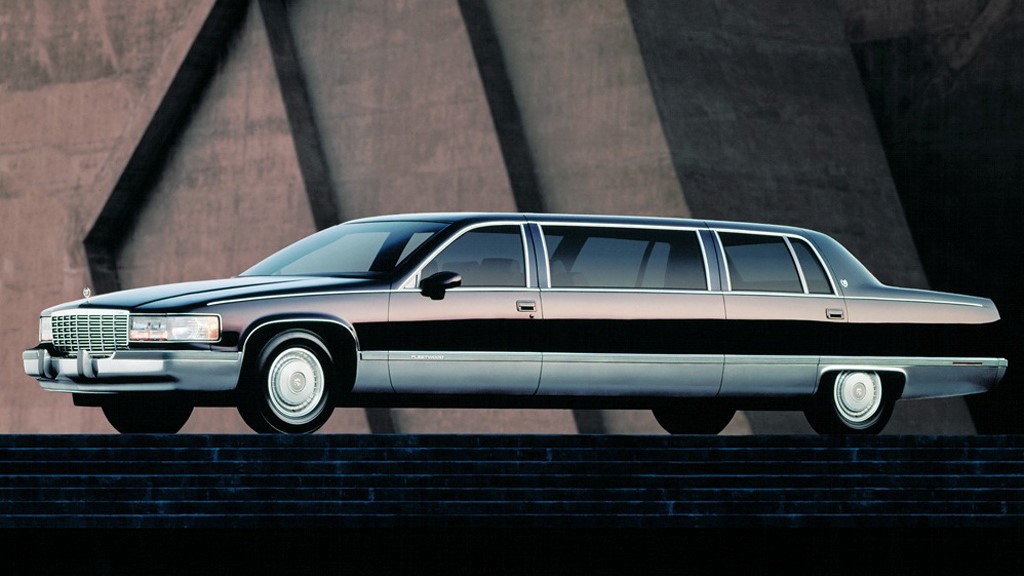Extending the car between the axles has become quite a versatile visual resource. However, there are not many ways to do it right

Working on the front end of a car is quite common for designers. At times, changing one of its components is enough to form new connections with one another and give the whole region a fresh look. On the rear, it is enough to say that it is a decisive part. After all, it concentrates the difference among several of the most popular body styles.
Lately, automakers have been using the central section as yet another variable with which to play. The idea of applying long wheelbase used to be exclusive to few applications. It was difficult to make it aesthetically pleasant, but automakers have made sure to find ways to circumvent that issue. Let’s take a look at this style trick, shall we?


What is long wheelbase?
First of all, the wheelbase is the distance between the car’s axles. Considering that most of the cabin sits precisely between them, that measurement has become an indicator of how spacious it is. The names of the longitudinal distances from each axle to the respective end are front and rear overhangs; the sum of all three is the total length of the car.
Long wheelbases have been historically applied to limousines and cargo vans for the same purpose of increasing the internal room. This is different from designing a larger vehicle. It might be desirable to keep the base one to make conversions cheaper or to preserve any characteristic, like attractive design or comfortable ride.


Why is it difficult to design?
Just like the human personality, car design can have either flexibility or strong character. Extending the necessary parts while keeping all the rest untouched is simple and easy but usually yields horrible results. Reinterpreting the entire car makes the adaptation unnoticeable but implies an extra investment which takes a toll on the price.
“Horrible” results are those where you can easily spot what parts are the result of adaptations. Rear doors are a typical case: the Caravan’s shown above follow the wheel’s arches on the short version; since the long one moves the rear axle away from them, we can observe a misshapen gap. On limousines, the region of the body between the doors is simply empty.



What cars have a long wheelbase?
Traditionally, sedans would use it to become limousines and vans would use it to serve multiple business purposes. Pickup trucks are another good example for offering different lengths for cabin and bed, both of which affect the wheelbase. In the 1990s, minivans adopted it to move from five to seven occupants.
That was the scenario around the world until the 2000s. After that, you might have seen that more long wheelbase models appear every year and not only of those styles; nowadays, even some SUVs and coupés began to use it. The explanation for that turns out to be quite simple: the emergence of China in the global market.


Why do the Chinese like long wheelbase?
Before the industrial boom that made China the powerhouse we know, even national cars were inaccessible to most people. The situation was even worse for imported ones because they could only come with hefty taxes. In a few words, that situation ended up making them strong status symbols in the country.
That cultural interpretation favored long-wheelbase cars in particular for yet another reason. They resemble limousines and evoke the idea of being able to hire a chauffeur. Since the body adaptation has spread to cars of many segments, Chinese people are buying them mostly for the extra room.


What solutions companies use now?
We can observe that, the more expensive the car is, the more effort the maker puts into its adaptation. Business vans are the only ones that companies still merely stretch to the desired lengths. Mid-range German sedans such as the BMW 3 Series extend the rear doors and dissimulate the size difference by toying with the relative sizes of windows and sheetmetal.
Solutions become more creative among luxury models. The Mercedes-Benz E-Class received a third window to make the rear door more practical; the Rolls-Royce Ghost was styled to look better with long wheelbase, since it is the most requested option; and the Audi A8 Horch uses what must be the longest rear doors seen in the past few years.



Long wheelbases have been freed from the stigma of weird appearance. Therefore, the automotive industry is now using them to extend each car model’s market scope. What do you think of them?
Danillo Almeida has explored his passion for cars in two distinct ways. The first one is his graduation course in Mechanical Engineering, which will hopefully lead to a job position in the field. The other one is expressing his knowledge and opinions on the matter through writing. Almeida has already contributed to blogs, stores, and websites in general writing automotive content in many formats.



